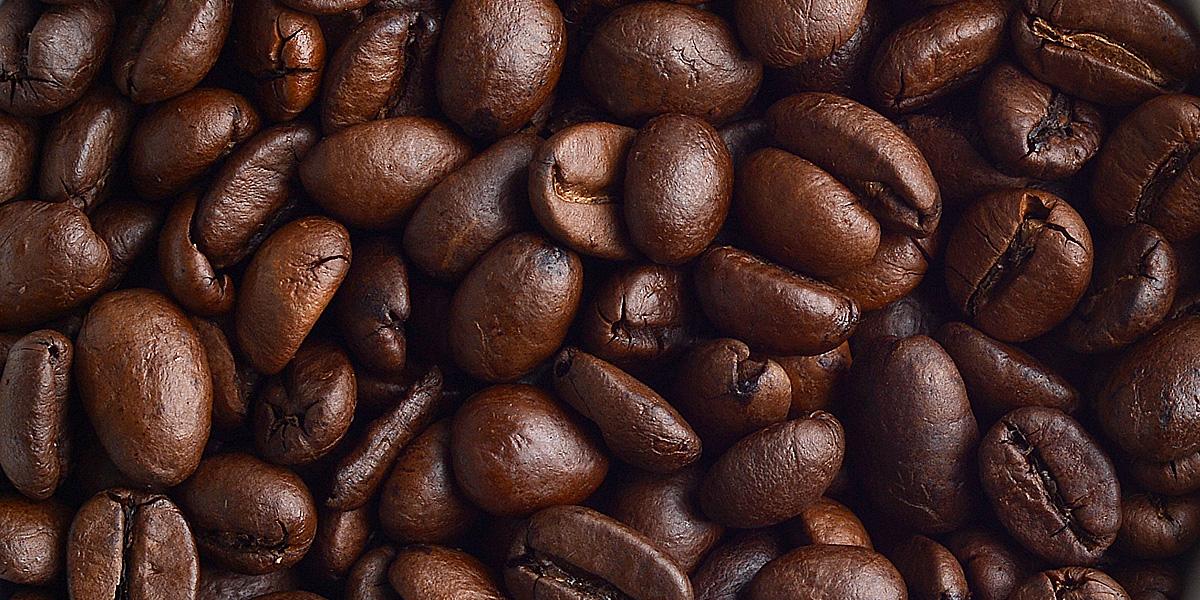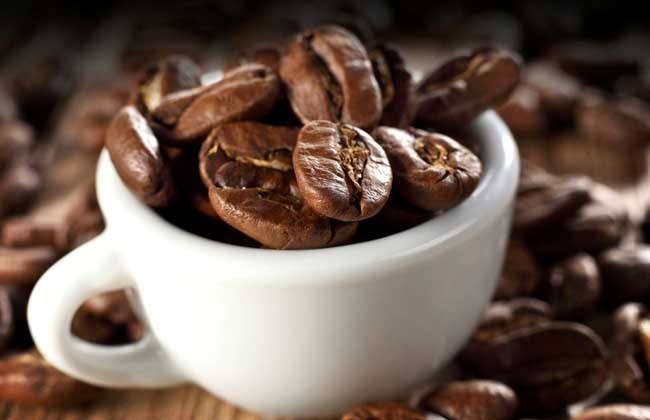Nicaraguan coffee bean characteristics, Nicaraguan coffee flavor
Follow the caf é (Wechat official account vdailycom) and found that Beautiful Cafe opened a small shop of its own.
Nicaraguan coffee has excellent quality and taste, and it is also among the top coffee beans in the world and enjoys a good reputation. In terms of flavor characteristics, Nicaraguan coffee has moderate acidity, mild taste and delicious aroma.
Nicaragua is located in central Central America, bordered by the Pacific Ocean to the west and the Caribbean Sea to the east. The highlands in the north and the coastal plains in the east are part of the Central American volcanic belt. The eastern plain is high-temperature and rainy, with a tropical maritime climate. The suitable climate provides an excellent growth environment for the cultivation of coffee.
High-quality Nicaraguan coffee, grown in the north and middle of the country. Coffee is a pillar industry in Nicaragua, producing nearly 100,000 tons of coffee beans every year. Many people who have tasted Nicaraguan coffee usually think that it is no different from Salvadoran coffee or Honduran coffee. It is full-bodied, smooth and delicate, with a slightly bitter finish, like a faint taste in a wine.
When tasting Nicaraguan coffee, it is best to drink cold water first, so that you can better feel its mellow taste. Drink coffee while it is hot, because the tannins in Nicaraguan coffee are easy to change during cooling, and the taste becomes sour, which will affect the flavor of the coffee. You can add the right amount of sugar, and then add cream.

Characteristics of Nicaraguan coffee
Nicaragua coffee is obscure compared with Guatemala coffee. Compared with high mountain beans in Guatemala, Nicaraguan beans are more balanced and lack a little of their own characteristics. Its particles are moderate in size, mild in taste and very aromatic and mellow. Nicaragua is located in central Central America, and the best coffee in Nicaragua is produced in Sinotega and Novo Segovia in Matagalpa.
Nicaraguan producing area
Nicaragua is mainly divided into four major producing areas, namely, Bosnia and Herzegovina Sub-region (Segovias), Madaguelba / Henodeka region (Matagalpa/Jinotega), Borgo region (Boaco) and Pacific Coast region (Pacific). The highest planting height in Bosnia and Herzegovina is about 1500mur2000, and the coffee produced is the highest SHG (StrictlyHighGrown).
Cultivation in Nicaragua
Planted with volcanic ash and shaded trees, it produces high-quality Nicaraguan coffee with a mediocre, soft and slightly sour flavor. Nicaraguan coffee is the largest of all coffee beans, while MADRIZ (Madriz) is located in the mountains of northern Nicaragua, adjacent to NuevaSegovia,Jinotega and Esteli, the area is quiet and elegant, with the famous Somoto Canyon, and the local residents are mainly indigenous peoples of various tribes and people who mixed with the Spaniards in the colonial period (mostly Chorotegas). The local production of coffee, the development of arts and crafts processing trade, as well as traditional delicacies. Madriz is characterized by a cool climate, its small town looks simple, but features beautiful roofs and special tile white buildings, there are also many coffee plantations, and the mountains are covered with verdant pine and oak forests.
Madriz is an ecological coffee with a very hard shell. In the pure natural planting environment, it uses more complex operations to maintain the delicate aroma and taste of the coffee; it is produced in northern Nicaragua between Matagalpa and Jinotega, with an average annual rainfall of 1500-1700mm and a temperature of 20-29 degrees Celsius. All of them choose coffee manually, and the cost of labor and time alone is much higher than that of ordinary beans.
Important Notice :
前街咖啡 FrontStreet Coffee has moved to new addredd:
FrontStreet Coffee Address: 315,Donghua East Road,GuangZhou
Tel:020 38364473
- Prev

Introduction to the method of processing in producing areas for describing the Flavor of single Bean varieties in Agua Dursai, Guatemala
Professional baristas please pay attention to the coffee workshop (Wechat official account cafe_style) Guatemala is located in Central America, there are seven coffee producing areas in the country, of which Antigua and Huehuetenango are the most famous. The coffee beans planted are all Arabica high-quality coffee beans, because of their unique climate and good
- Next

Brazil Hilado coffee bean introduction, Brazil Hilado coffee bean producing area
Following Cafe Review (Wechat official account vdailycom) found that Beautiful Cafe opened its own small shop in the Hirado region of Brazil. However, not all coffee produced in the prairie of Syracuse can bear the name of Syrador. It is only on the plateau of 1100 to 1300 meters above sea level in the central and western part of Minas Province, where the elevation is high and the soil is fertile. High-quality coffee with high alcohol thickness and no fishy smell.
Related
- Detailed explanation of Jadeite planting Land in Panamanian Jadeite Manor introduction to the grading system of Jadeite competitive bidding, Red bid, Green bid and Rose Summer
- Story of Coffee planting in Brenka region of Costa Rica Stonehenge Manor anaerobic heavy honey treatment of flavor mouth
- What's on the barrel of Blue Mountain Coffee beans?
- Can American coffee also pull flowers? How to use hot American style to pull out a good-looking pattern?
- Can you make a cold extract with coffee beans? What is the right proportion for cold-extracted coffee formula?
- Indonesian PWN Gold Mandrine Coffee Origin Features Flavor How to Chong? Mandolin coffee is American.
- A brief introduction to the flavor characteristics of Brazilian yellow bourbon coffee beans
- What is the effect of different water quality on the flavor of cold-extracted coffee? What kind of water is best for brewing coffee?
- Why do you think of Rose Summer whenever you mention Panamanian coffee?
- Introduction to the characteristics of authentic blue mountain coffee bean producing areas? What is the CIB Coffee Authority in Jamaica?

